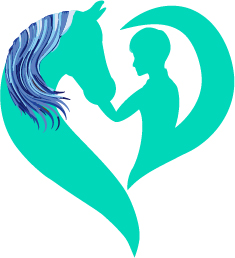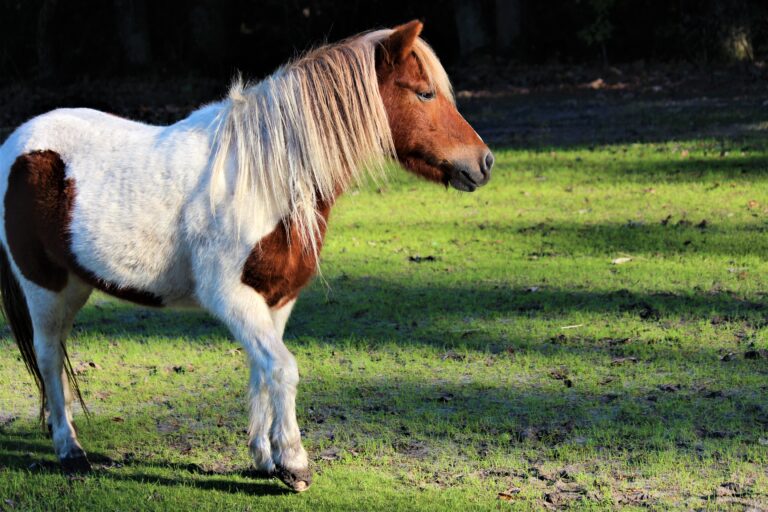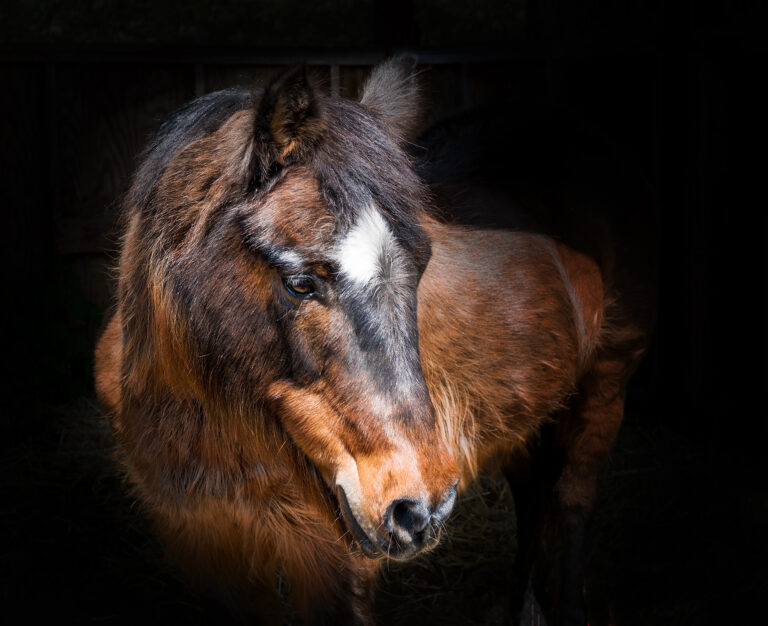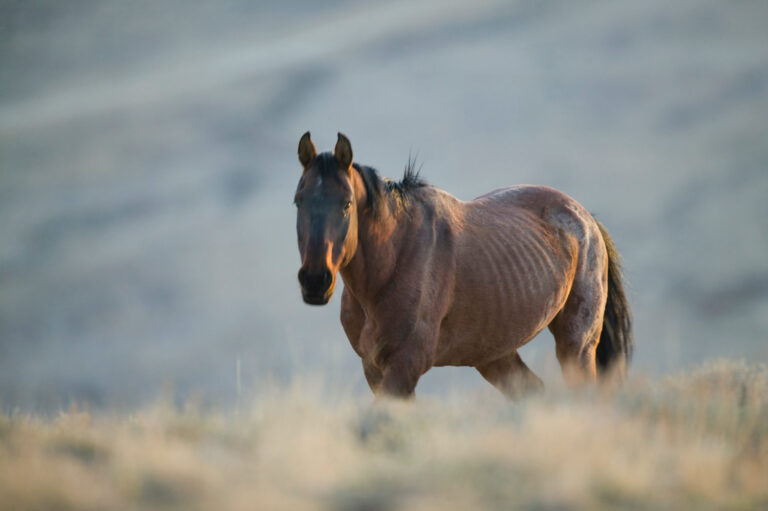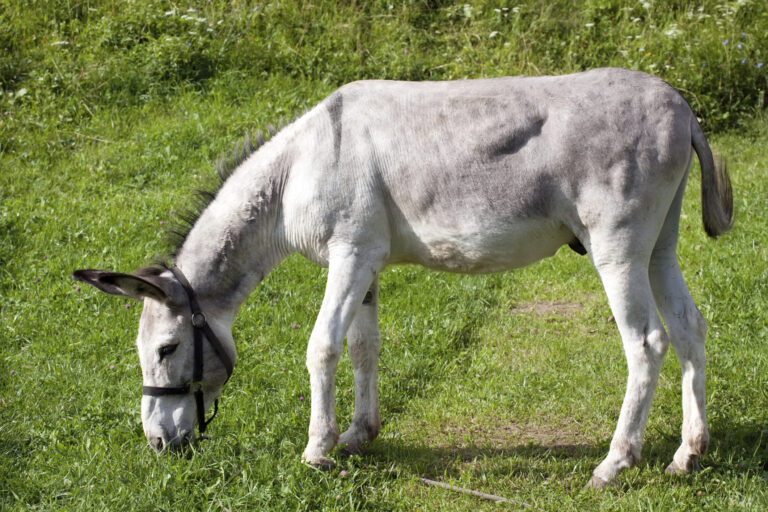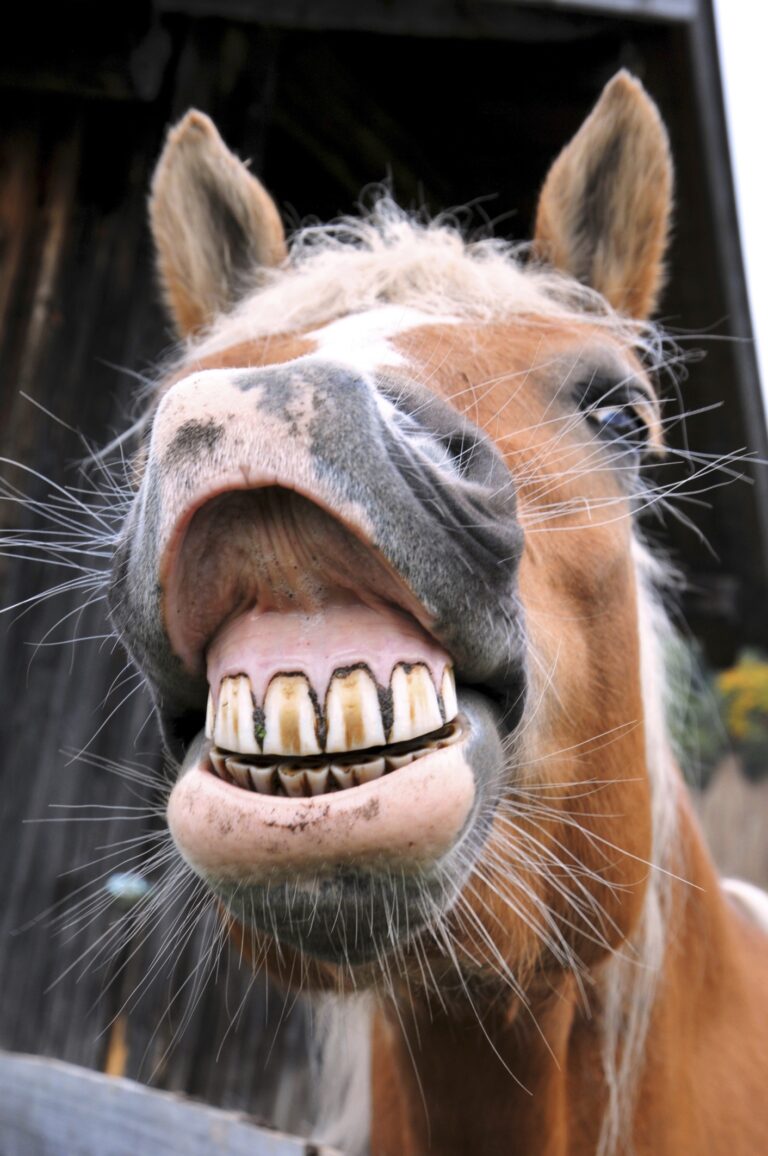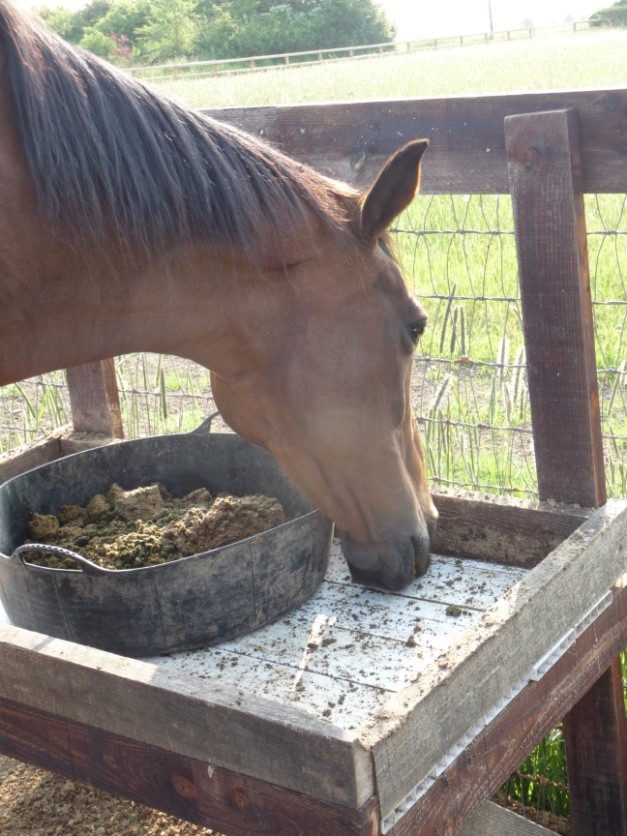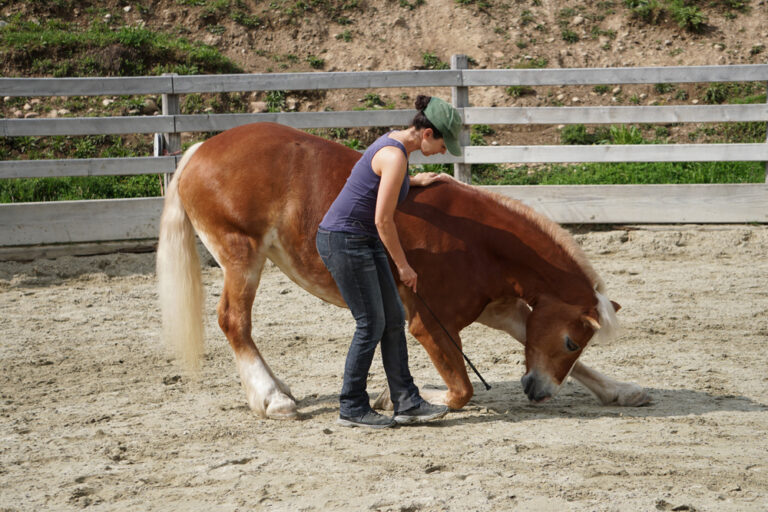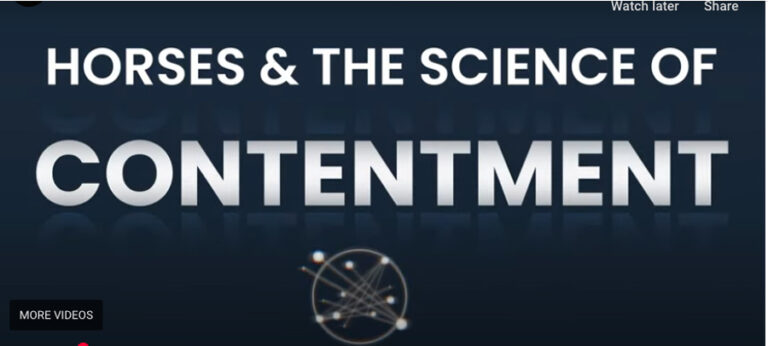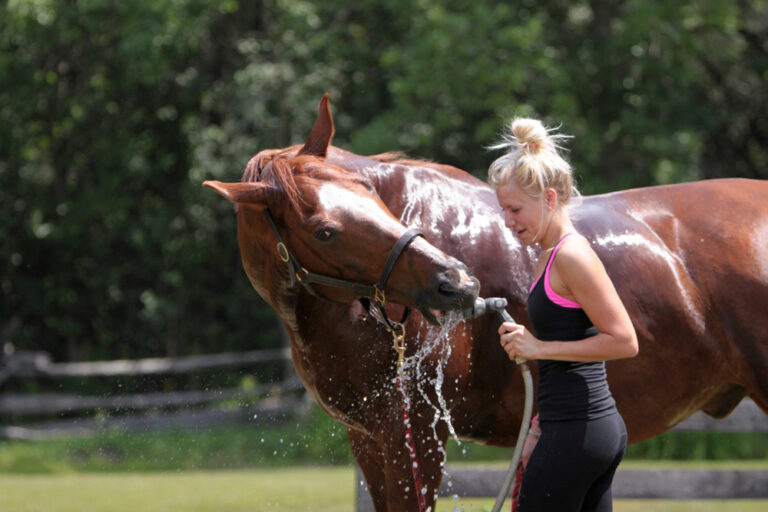Equine behavior is not only interesting to owners, but it’s important to help us better manage our equids. Our guest for this podcast episode is Kris Hiney, PhD. She is the equine extension specialist at Oklahoma State University serving both youth and adults. Hiney has taught and produced educational materials related to equine nutrition, reproduction, health, and management. She also has an interest in equine behavior and the promotion of the welfare of show horses.
(Editor’s note: The content of this podcast is the expert’s approach to the topic. Please consult with your practitioner if you have questions.)
Behavior and Pain
A horse doesn’t have to be obviously lame to have joint pain. Hiney said she thinks owners miss subtle signs that horses may be uncomfortable or have pain. “Like us and other ‘competing’ animal species, with age we get a little bit more wear-and-tear on the joints and get a little more arthritic,” said Hiney.
She said some people might look at their aging horses and say they are ‘slowing down.’ They might not realize there is some underlying pain.
“If they are coming out of the pasture slower to get their food it could be an indicator they are uncomfortable,” she said.
‘Long Ears’ Versus Horses
Hiney said donkeys tend to be more stoic than horses. She said mules, as crosses between donkeys and horses, can be halfway in between.
However, she acknowledged that there are differences in horse breeds and individual horses. “There are more ‘sensitive’ type breeds and more stoic breeds,” she noted. “So I think it is really important that owners look for changes. I’ll be honest—if changes are happening slowly over time, it’s a lot harder to recognize that.”
A Real-Life Example
Hiney used one of her horses as an example. He is in his 20s and has what Hiney calls the 3Fs—forage, friends, freedom.
“They live on pasture and have a pretty good life,” Hiney said. “But the insects are now bothering him a lot more, so he is actually a lot more sensitive to the insects. So on pasture, he was not spending very much time grazing. He was in the shed more than what I thought he should be.
“So, I bought him a fly sheet and [that resulted in a] complete change in his time budget,” she said. “He’s back out grazing on the pasture. And of course all of his friends now go out there with him because everybody was standing in the shed.”
She said it is those types of simple things that owners need to pay attention to. “Some simple changes to essentially improve quality of life,” Hiney explained.
Herd Status
Another point made in the podcast was that dominant horses don’t always maintain that status as they get older.
“I think we assume they keep their status, but they don’t,” Hiney said. “Age-related sarcopenia (muscle loss) and less vigor happens across species which can alter social status.
“You might need to provide some ‘protection’ for those older horses,” she added.
That might mean protecting them during feeding from herdmates and giving them more time to consume their feed.
Older horses also might find it harder to get up and down, so they might need a softer place to lie down. “And we are increasingly acknowledging the importance of REM sleep,” Hiney said. “Since horses have to lie down to get REM sleep, we need to make them comfortable to do that.”
Physical and Mental Workouts
Hiney emphasized the importance of keeping older horses as active as they can be and still be comfortable. She also said cognitive function is important in senior horses.
“If we keep having them do things where their brains are engaged, I hypothesize that is going to be good,” she said. “We probably don’t have the same handle on it that we do on senior dogs and cats, but perhaps that’s just an understudied area.”
She encouraged owners to stay engaged with their senior horses. That might mean some groundwork or light activity.
Hiney also encouraged owners to give senior horses that are not as active a little ‘pain support’ if they are used on occasion for kids or visitors.
Final Words
“We really need to pay attention to subtle behaviors,” Hiney said. “Don’t ignore pain signs. Really look at those senior horses for subtle signs of discomfort.”
She added that you might need to reevaluate a senior horse’s diet, housing, and equine friends. “They have preferences in who they like to hang out with,” she noted.
Further Content
- My Senior Horse Podcast: Positive Reinforcement. Dr. Eleanor Girgis. MySeniorHorse.com
- My Senior Horse Podcast: Equine Sleep Deprivation. Dr. Amy Polkes. MySeniorHorse.com
- Study Suggests Horses Smarter than Previously Thought. MySeniorHorse.com
- Does My Horse Have Narcolepsy or Sleep Deprivation? Dr. Amy Polkes. MySeniorHorse.com
- What You Should Know About Equine Osteoarthritis. MySeniorHorse.com
- Equine Osteoarthritis and Corticosteroid Joint Injections. Kimberly S. Brown. MySeniorHorse.com
- Could miRNAs Predict OA and OCD? MySeniorHorse.com
- What is Osteoarthritis in Horses? MySeniorHorse.com
- Equine Arthritis and Exercise. MySeniorHorse.com
- Anti-Inflammatories for Horse Barns. Dr. Nancy Loving. MySeniorHorse.com
- ‘Feel-Good’ Horse Touch, Such as Scratching. Dr. Sue Dyson. MySeniorHorse.com
- My Senior Horse Podcast: Horses and the Science of Harmony. Dr. Sue Dyson. MySeniorHorse.com
- Horses & the Science of Harmony. Dr. Sue Dyson and Padma Videos.
- The 24 Behaviors of the Ridden Horse in Pain: Shifting the Paradigm of How We See Lameness. Dr. Sue Dyson with Padma Video.
- Horse Behavior During Tacking and Mounting. Dr. Sue Dyson. MySeniorHorse.com
- Ridden Horse Performance Checklist: Behaviors in Ridden Horses that Might Signify Discomfort. Dr. Sue Dyson. MySeniorHorse.com
- How An Uncomfortable Horse Might Feel to a Rider. Dr. Sue Dyson. MySeniorHorse.com
- Safe Horse Handling Tips. MySeniorHorse.com
-
Editors of My Senior Horse are journalism professionals, most of whom are lifelong horse owners.View all posts


